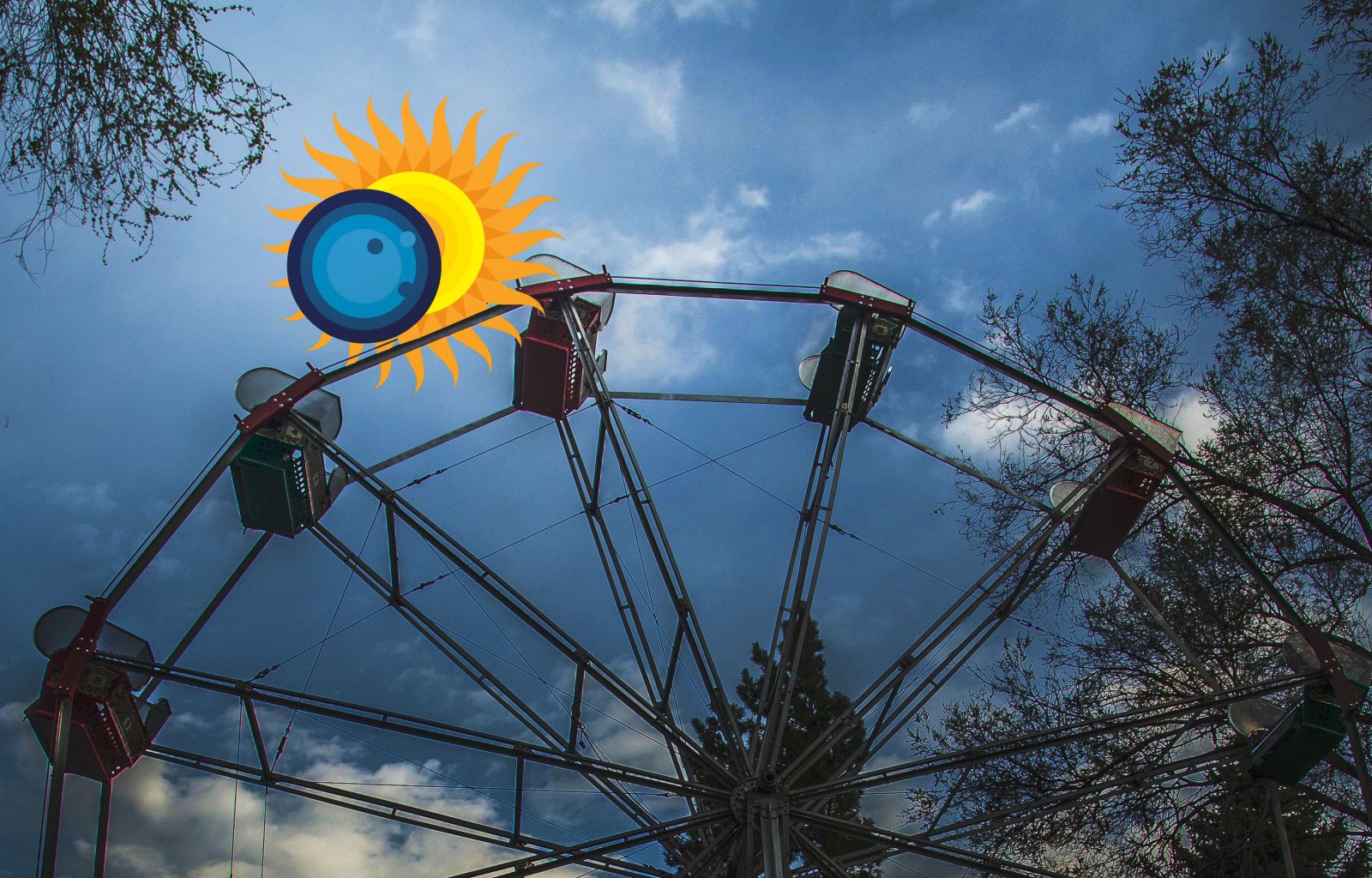
After a long summer wait, the Great American Eclipse is now upon us. So here’s the big question for aspiring shutterbugs: Are you ready to shoot the moon?
Whether you're a pro photographer or just a casual onlooker, Monday's celestial event will look the same (more or less) from every location under its shadow's centerline.
It begs the question: With so many telescopes focused on the conjunction itself, why even bother risking your own retinas or camera sensor for a shot that will offer nothing unique?
Just consider that years from now, you will be looking back on this event and thinking about where you were when it happened. The photos you take should reflect that.
Slap that expensive “solar filter” onto your telephoto lens if you want to, but here’s a better idea: Wait for totality, ditch the filter and put on a super-wide angle lens. Doing so will allow you to capture the effects of totality in a unique way, because your photo will have the context of foreground.
NOTE: It’s imperative to keep your glasses/solar filters on during the partial phases of the eclipse, but totality itself—about 100 seconds of it here in Idaho Falls—allows for you to temporarily remove that filtration. As a result, it will reveal foreground detail in the image without totally overexposing the action high above you. The big challenge here isn’t exposure. It’s composition, simply because the eclipse is occurring so high up in the sky.
To capture any foreground at all, you’ll need to use the widest lens you can find.
The “wide end” on a point-and-shoot camera might work, but a better option would be a DSLR camera with a wide-angle zoom lens (at least 16mm for a crop-sensor, or 24mm for a full-frame sensor).
Shot just before lunchtime earlier this summer, the ultra-wide angle images presented here represent various locations around the city of Idaho Falls. No guarantees on the lighting conditions, of course, but according to a handy piece of installed software, the indicated position of the eclipse at exactly 11:33 a.m. promises to be spot-on.
If you're interested in downloading it for yourself, our reference app is called Skyview (free version). The photos were taken with a full-frame DSLR camera at 17-24mm focal lengths.
Again, it’s crucial that you only attempt this type of shot during totality, and not during the partial phases.
To hammer home the point, here's a quick note from renowned eclipse hunter Fred Espenak at www.mreclipse.com: “During totality, when the disk (photosphere) of the Sun is fully covered by the Moon, it is completely safe to look at this phase of the eclipse without any solar filter. In fact, you must remove the solar filter during totality or you will not be able to see or photograph the exquisite solar prominences and corona.”
Bracket your exposures so your image brightness varies by up to four stops, but don’t worry if the foreground is somewhat underexposed. That just helps tell the story. (Check out these examples from Canadian photographer Alan Dyer.)
Our favorite Idaho Falls foregrounds mostly occurred in or around the Riverwalk, Sportsman’s Park and Tautphaus Park. (Example: Consider positioning yourself on the west side of the Funland Ferris Wheel at Tautphaus. Just be mindful of those towering trees!)
If you want to share the results of your efforts for our upcoming East Idaho Community Photo Contest, please upload your image(s) here.
Hopefully, these suggestions will help you capture that definitive “eclipse shot” that gives local context to an event that will likely be remembered for a lifetime.